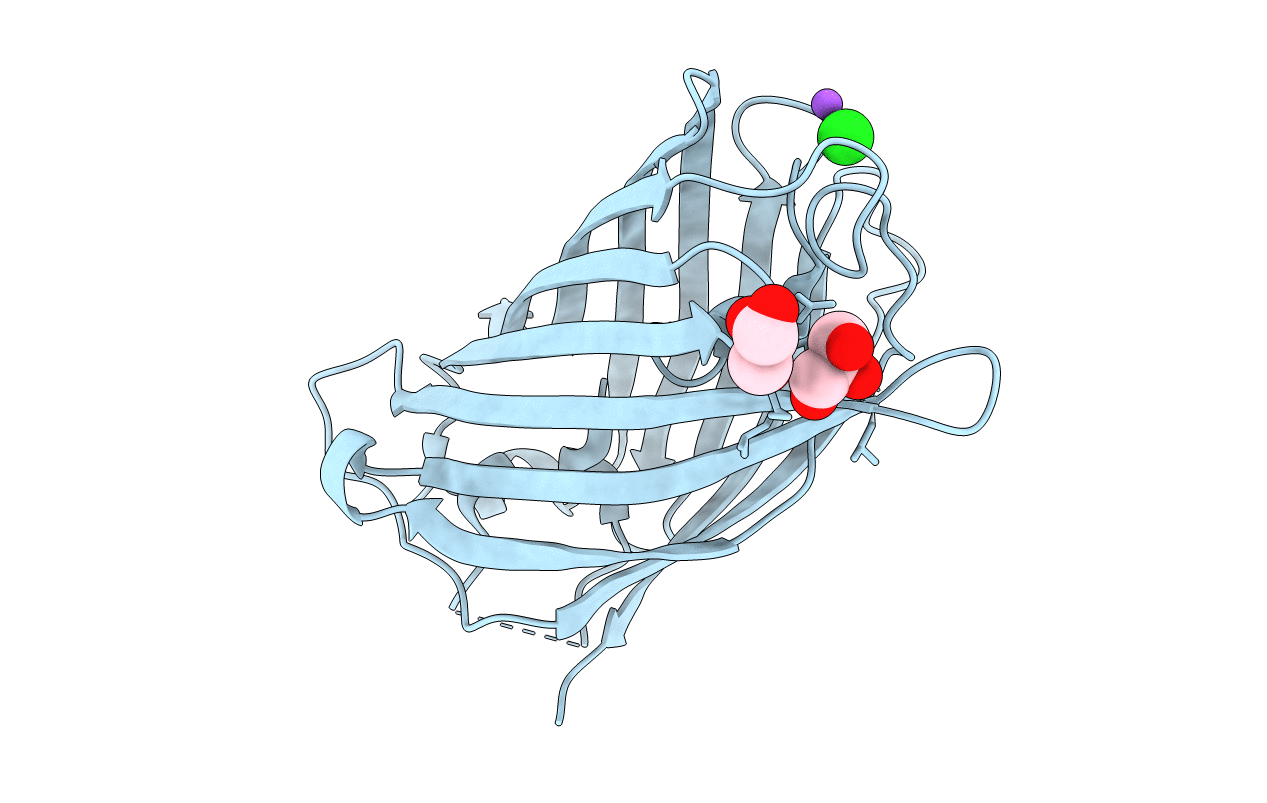
Deposition Date
2019-08-21
Release Date
2020-09-09
Last Version Date
2023-11-22
Method Details:
Experimental Method:
Resolution:
1.40 Å
R-Value Free:
0.17
R-Value Work:
0.14
R-Value Observed:
0.14
Space Group:
I 41


